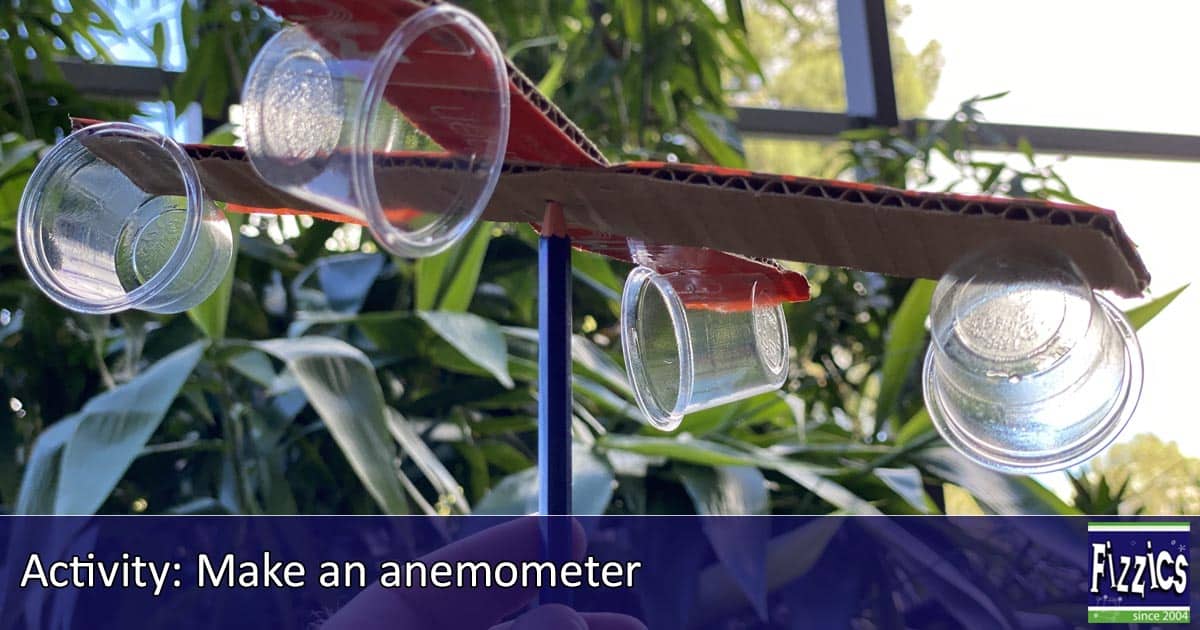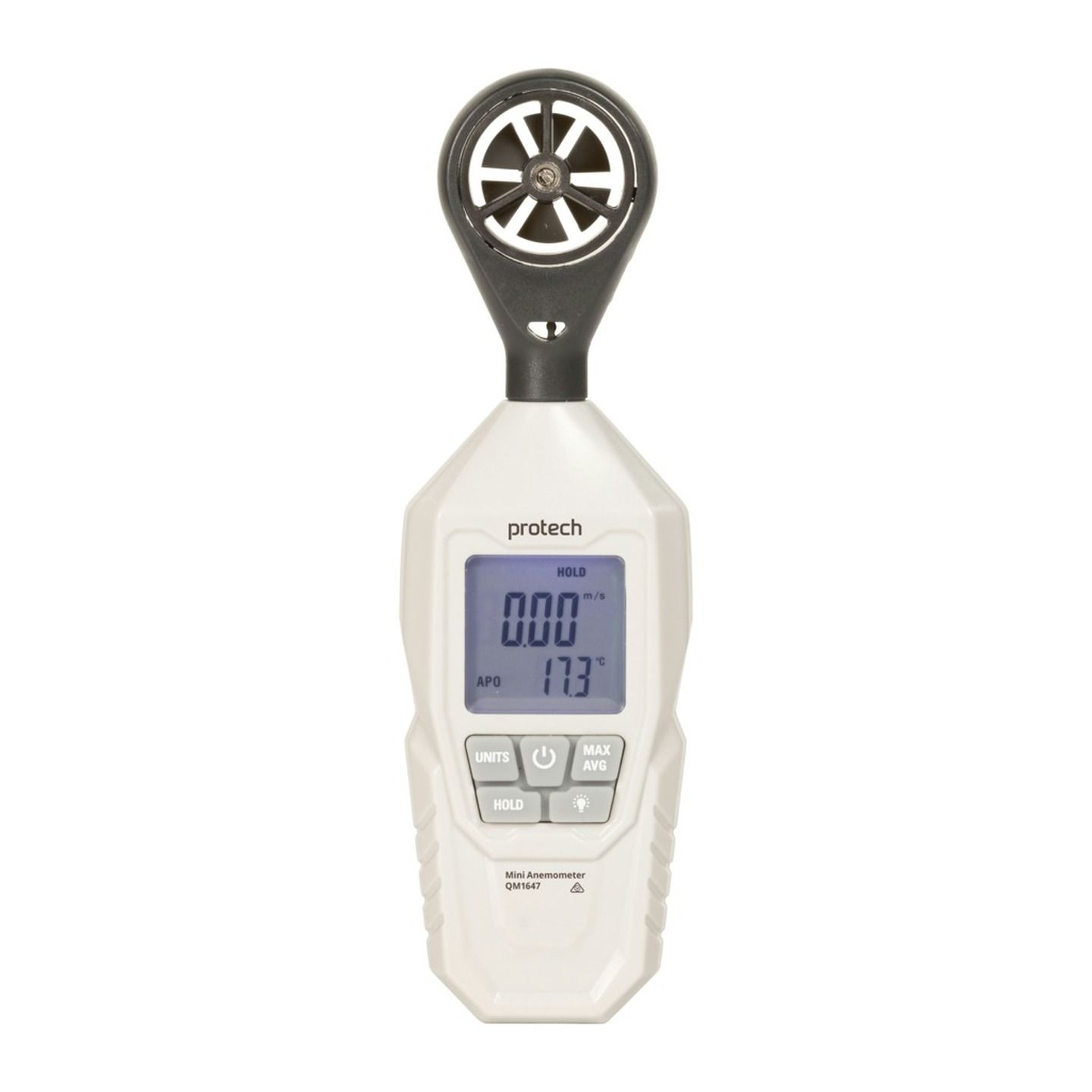Professional Tips for Adjusting Your Anemometer for Ideal Performance
Professional Tips for Adjusting Your Anemometer for Ideal Performance
Blog Article
Exploring the Functions and Benefits of Anemometers for Weather Condition Fanatics and Experts
From mug anemometers to sonic anemometers, each kind brings its special collection of applications and advantages, shedding light on various aspects of climatic conditions. As we dive right into the functions and advantages of anemometers, a much deeper understanding emerges not just of dominating weather condition phenomena however likewise of the broader ramifications for industries like wind energy manufacturing and environmental study.
Relevance of Anemometers in Weather Condition Surveillance
Anemometers play a vital role in climate monitoring by providing exact measurements of wind speed, helping in projecting and understanding weather condition patterns. These instruments, varying from conventional cup anemometers to contemporary ultrasonic anemometers, are essential for meteorologists, scientists, and weather condition lovers alike. By measuring wind speed, anemometers assist in identifying the strength of weather condition sensations such as twisters, tornados, and typhoons. Additionally, they supply beneficial information for aviation, maritime operations, and numerous sectors that are delicate to wind problems.

Kinds Of Anemometers and Their Applications
With the crucial role anemometers play in weather monitoring and projecting, recognizing the various kinds of these tools and their applications ends up being vital for experts and enthusiasts in the area. One of the most typical types of anemometers include mug anemometers, vane anemometers, hot-wire anemometers, and ultrasonic anemometers. Mug anemometers contain three or four cups placed on straight arms that turn with the wind, measuring its rate. Vane anemometers, on the various other hand, use a freely revolving vane to align with the wind instructions, supplying both wind speed and direction measurements. Hot-wire anemometers run based on the concept of convective heat transfer, where the cooling impact of the air circulation is measured to figure out wind speed. Ultrasonic anemometers utilize ultrasonic acoustic wave to compute wind rate and instructions precisely.
Cup anemometers are ideal and durable for general climate tracking, while vane anemometers are preferred for directional dimensions. Ultrasonic anemometers are non-intrusive and offer high precision, commonly made use of in research and specialized weather condition monitoring applications.
Benefits of Utilizing Anemometers in Forecasting
In weather forecasting, the usage of anemometers supplies indispensable benefits for boosting the accuracy of weather other condition forecasting. Anemometers measure wind speed and instructions, giving essential data for predicting weather patterns. By incorporating wind information right into forecasting models, meteorologists can better understand the activity of climate systems, prepare for adjustments in weather, and problem much more precise projections.
In addition, anemometers play an important function in examining prospective weather hazards. Monitoring wind rates assists forecasters forecast severe weather condition events such as storms, twisters, and winter season storms with better accuracy. This early caution system allows authorities to issue prompt notifies and apply needed precaution, decreasing the threats to life and home.
Additionally, anemometers help in optimizing eco-friendly energy manufacturing. By evaluating wind patterns, meteorologists can recognize appropriate areas for wind farms and forecast energy output, contributing to the efficient generation of wind power.

Anemometers in Wind Power Production
Provided the vital role anemometers play in giving precise wind information for climate forecasting and risk analysis, their value encompasses the realm of wind power manufacturing. Anemometers are essential instruments in the field of wind energy, where the dimension of wind rate and direction is critical for establishing the expediency and efficiency of wind turbine setups. By properly gauging wind rates at differing heights, anemometers assist enhance the positioning and layout of wind turbines to make best use of energy output.
In wind ranches, anemometers are strategically placed to gather real-time wind information that is made use of to assess the possible energy manufacturing of a website. This information contributes in determining the economic viability of wind energy tasks and in projecting energy generation to ensure grid stability. Additionally, anemometers help in keeping track of wind conditions to optimize generator performance, stop damage from high winds, and guarantee the safety of employees functioning in the area of wind turbines.
Enhancing Weather Understanding With Anemometers

Anemometers play a vital duty in boosting our understanding of microclimates. These local weather can vary dramatically from more comprehensive local projections, making it important to have exact data for particular areas. anemometer. By purposefully positioning anemometers in numerous areas, researchers can gather detailed information on just how wind acts in different terrains, city settings, or bodies of water
Additionally, anemometers add to enhancing weather projecting designs by offering real-time data on read this article wind behavior. This information is particularly useful for forecasting serious weather occasions, maximizing agricultural practices, and supporting markets like air travel and maritime navigation. On the whole, anemometers are important tools that allow us to delve much deeper into the intricacies of weather condition systems, ultimately resulting in even more better-informed decisions and precise predictions.
Verdict
In conclusion, anemometers play a crucial duty in climate tracking and projecting by gauging wind speed and direction. Anemometers likewise have applications in wind power manufacturing, more highlighting their significance in both weather forecasting and eco-friendly power sectors.
From cup anemometers to sonic anemometers, each kind brings its distinct collection of benefits and applications, shedding light on various elements of atmospheric problems. These tools, varying from traditional mug anemometers to modern-day ultrasonic anemometers, are important for meteorologists, researchers, and weather condition fanatics alike. The most usual kinds of anemometers include cup anemometers, vane anemometers, hot-wire anemometers, and ultrasonic anemometers. Mug anemometers are robust and appropriate for general weather condition tracking, while vane anemometers are preferred for directional wikipedia reference measurements. Anemometers are important instruments in the field of wind energy, where the measurement of wind speed and instructions is crucial for figuring out the usefulness and effectiveness of wind generator setups.
Report this page